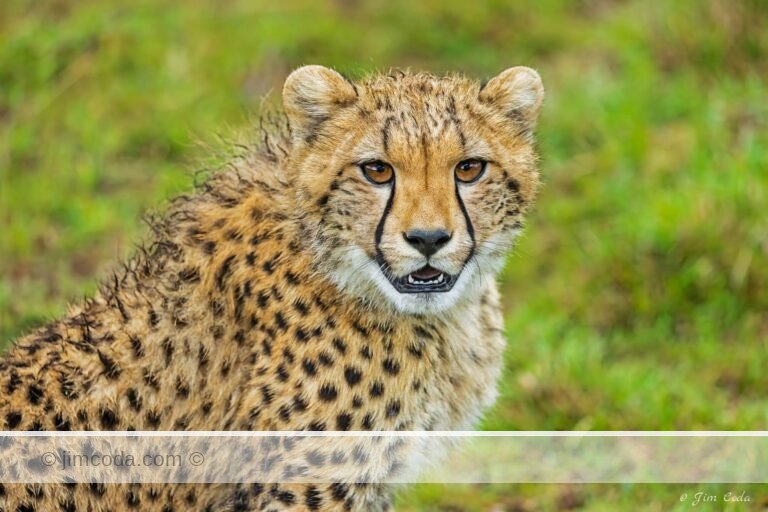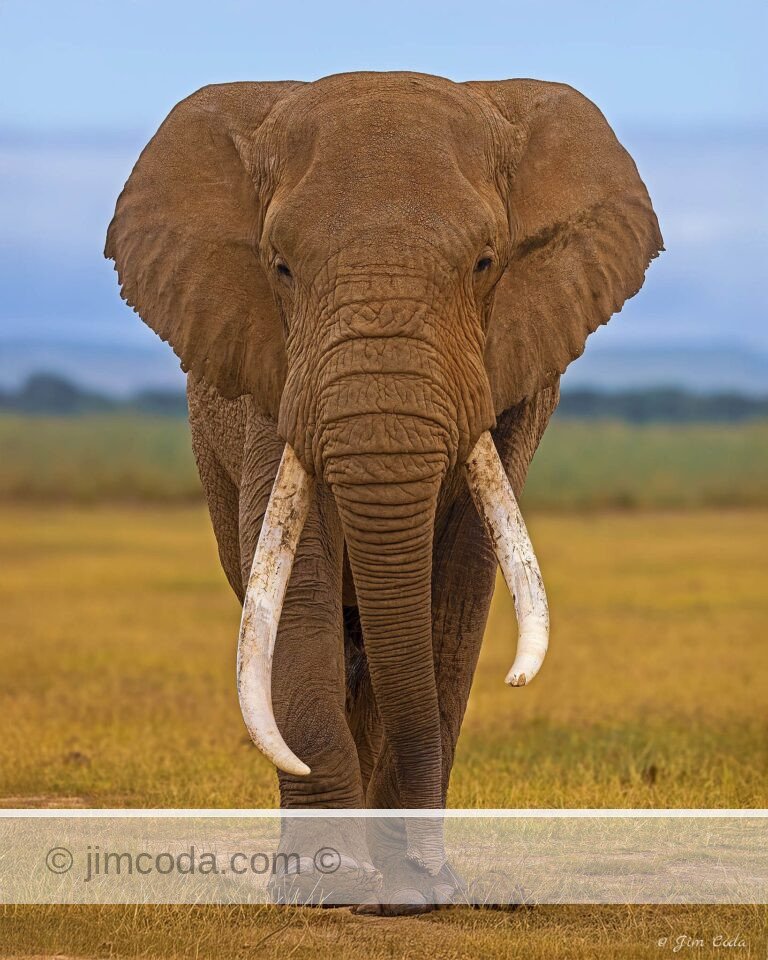Category: Uncategorized
Tule Elk Boxing, Point Reyes National Seashore
These two bulls were sparring with their hooves because...
View of Angel Island, Alcatraz and San Francisco from Tiburon
There is a hill in Tiburon that is a nice...
Wire Is As Good as a Branch for a Blackbird
I like and enjoy seeing all wild birds. Okay, I’ll...
Old Fort Cronkhite
This is a view of Fort Cronkhite from a ridge to the south of it. Fort Cronkhite...
What are YOU looking at?
This male northern harrier looks like he’s getting fed up with something...
Blacktail Buck in Tall Grass
This is one of two Columbia blacktail bucks I saw at Point Reyes yesterday....
Bison Calf, Yellowstone National Park
This bison calf looks like it is smiling as it runs off some pent-up...
No articles found
Prints for sale
Browse my selection of photos for sale as fine art prints
Filter by category
Sorry, no prints in this category









